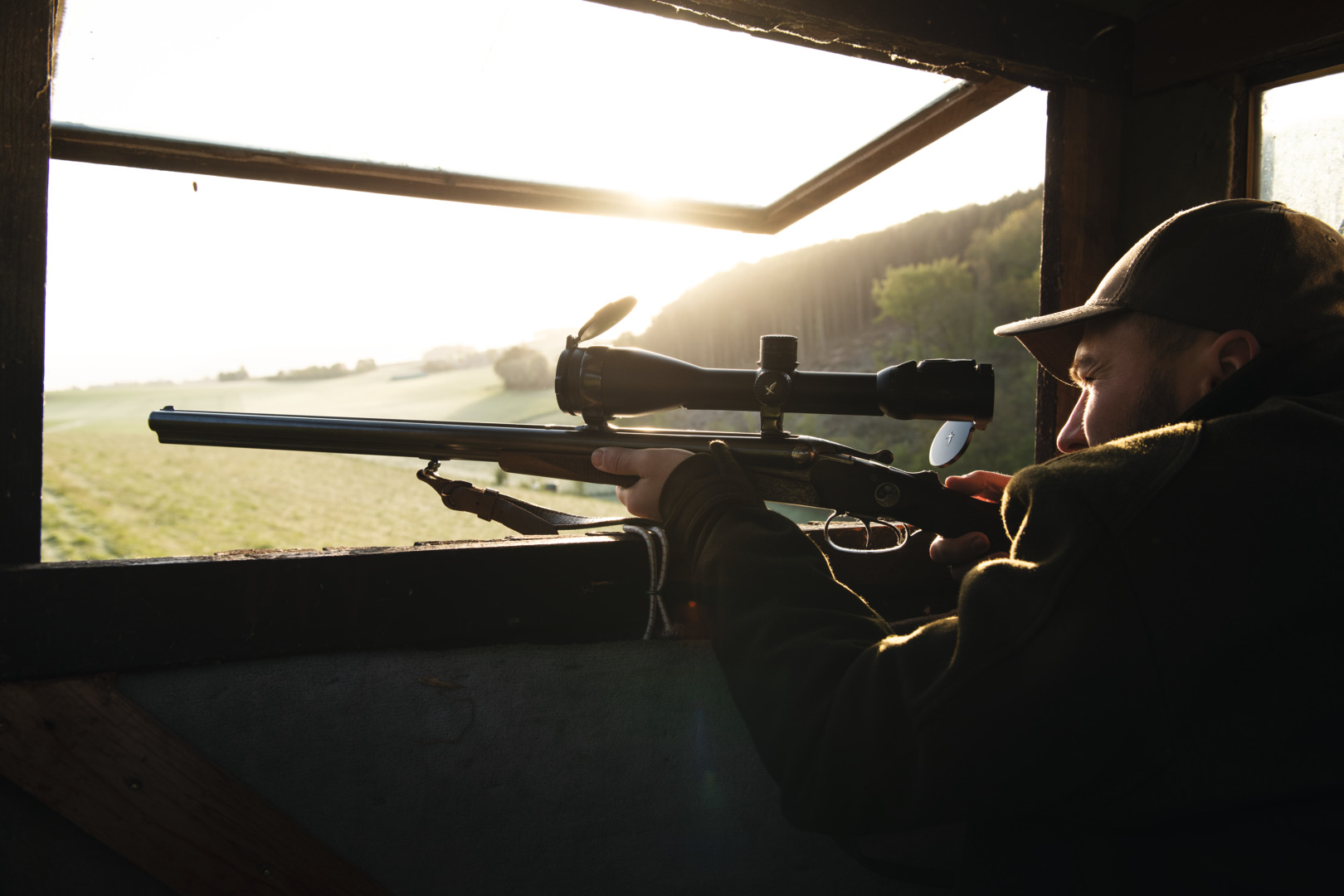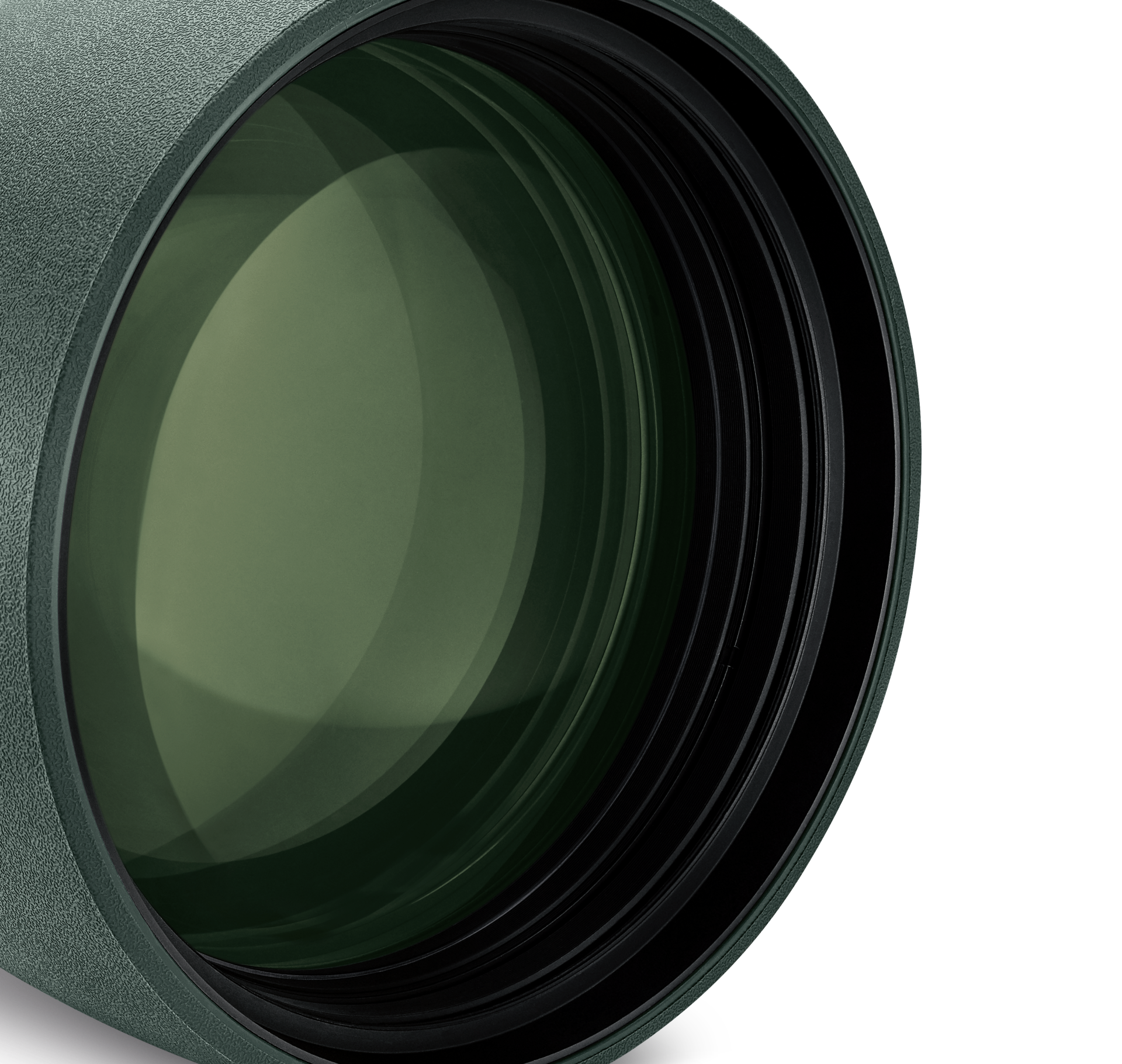Ultimate performance. Perfectly designed.


Menu
Products
Intended use
Service


Product & Technical Services, Tips & Care, Tutorials, Downloads, Declarations of conformity

The illuminated Z8i 2-16x50 P impresses with a 21 m (63 ft) field of view and details at up to 16x magnification during stalking, as well as hide and driven hunting. In addition, its high light transmission means that this rifle scope is best equipped for use in poor light conditions.
This product is currently not available in our online store.
Ultimate performance. Perfectly designed.


The illuminated Z8i 2-16x50 P L impresses with a 21 m (63 ft) field of view and details at up to 16x magnification during stalking, as well as hide and driven hunting. In addition, its high light transmission means that this rifle scope is best equipped for use in poor light conditions.
 4A-I
4A-I 4A-300-I
4A-300-I BRX-I
BRX-I 4W-I
4W-I Z8i 2-16x50 P
Z8i 2-16x50 PTop quality and service, but also high price
The overall quality of the product
Quality, overview, durability,
Great product with a great reputation for quality and reliability
 Customer ServiceMO - TH 8:00 - 17:00 AND FR 8:00 - 12:0000800 3242 5056customerservice@swarovskioptik.com
Customer ServiceMO - TH 8:00 - 17:00 AND FR 8:00 - 12:0000800 3242 5056customerservice@swarovskioptik.com